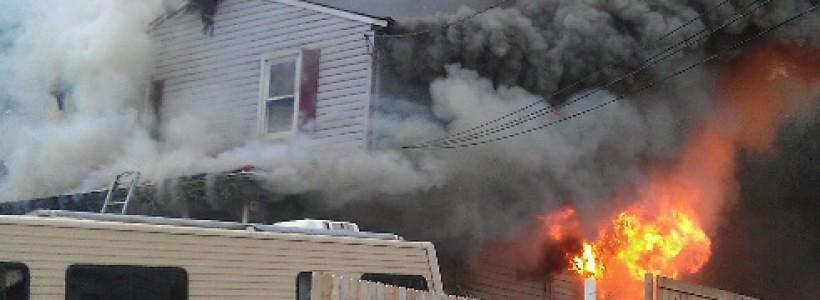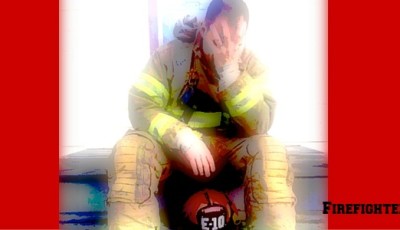The Engine Company’s Primary Mission – Fire Flow Needs
Now that we have determined the appropriate “Mode of Attack” we need to determine what the fire flow needs are for the fire we are confronted with. Many fire departments establish a minimum acceptable fire flow (target flow) in their standard operating procedures based on several factors:
- Size and types of structures (residential/commercial/industrial)
- Water supply issues (municipal vs. rural)
- Apparatus tank and pump capacity as well as hose and nozzle configuration
- Manning levels and the average response times
This information establishes the options available to you and the minimum acceptable fire flow to be applied, but how does this assist officers and firefighters when deciding what the needed fire flow is to extinguish a particular fire?
Types of Formulas
The Iowa Formula:
In 1951 Keith Royer and Floyd W. (Bill) Nelson developed a method for calculating fire flow when using fog streams to extinguish a compartment fire.

The NFA Formula:
In the mid-1980s the development team for the National Fire Academy Field course “Preparing for Incident Command” developed this formula to provide a simple method for estimating the flow requirements for offensive, interior operations.

Both of the formulas, while correct when based on scientific parameters, fall short when based on the realities of the modern fire ground. The Iowa Formula estimates the flow rate required to control a fire in a single open area of a building with a 30 second application of water fog and is best suited for preplanning, rather than tactical application.
The NFA Formula is designed for offensive, interior operations involving direct attack. It becomes increasingly inaccurate if the level of involvement exceeds 50% because it is based on area, not volume.
Neither formula take into account the potential heat release rate of the fuel.
Effective and efficient fire control requires us to match the flow rate (GPM) to the fire conditions. The NFPA sites that the 2 most important factors that will affect the speed of extinguishment are the application rate (GPM) and the type of stream used.
When you consider that heat release rate is the most critical factor in fire development within a compartment we have to choose a flow rate that can meet or exceed the fires heat release rate in the fully developed stage. When firefighters arrive to find a small fire in the early stages of development they often choose a flow rate to handle the fire in its current state, this is a dangerous practice due to the unpredictable nature of the modern fire ground. Firefighters must consider potential increase in heat release rate that result from tactical ventilation or failure of a window due to heat.
Room and Content Mentality
Residential structure fires account for 90% of fires. The bulk of these fires are confined to 1 or 2 rooms and easily extinguished by a first alarm assignment and one well-placed 1 ¾ attack line. Unfortunately many officers and firefighters are creatures of habit and tend to treat every fire like it is a room and content fire.
The problem is one size line and flow rate does not work for every fire. Officers must conduct a size-up and establish the needed fire flow based on the fire conditions you are confronted with and not based on habit. Remember the goal is to extinguish the fire quickly and not eventually.
Send your crews into battle with the appropriate tools and knowledge to quickly and safely PUT OUT THE FIRE.












Pingback: The Engine’s Primary Mission: Initial Attack Line Selection | FireFighterToolBox
Pingback: Top 5 Engine Company Articles For 2013 | FireFighterToolBox